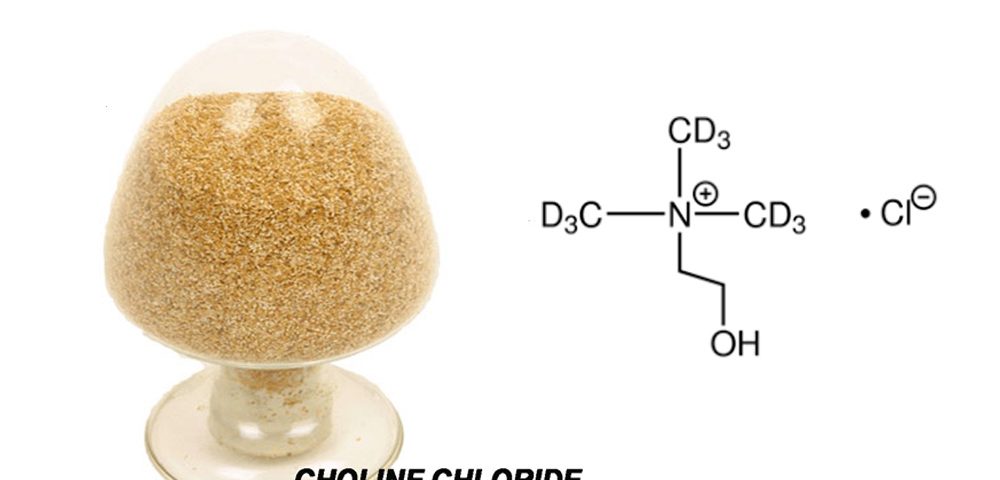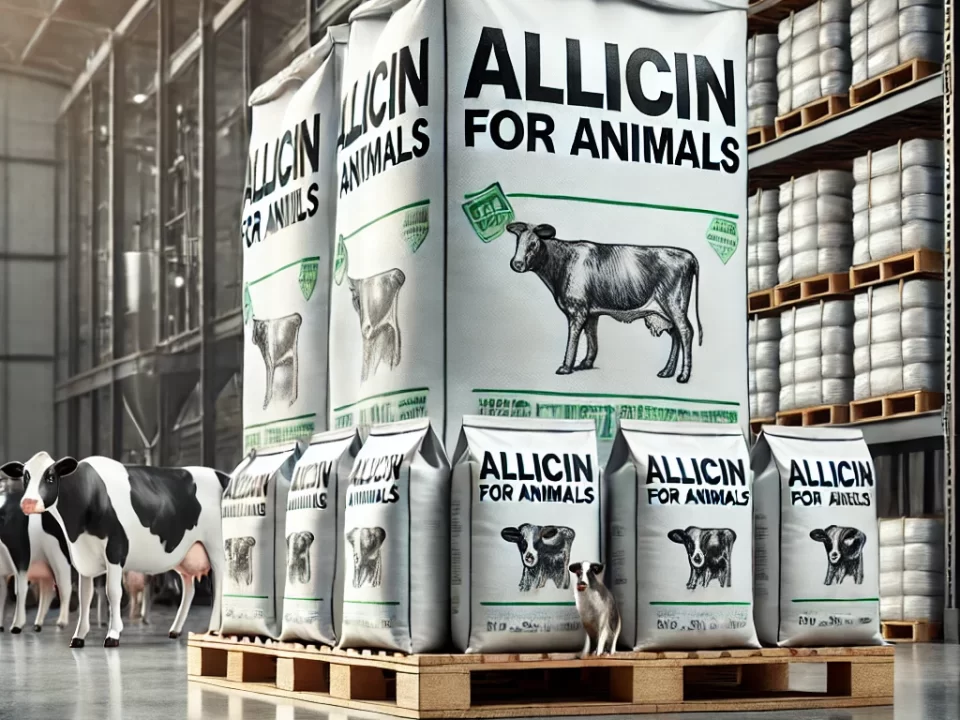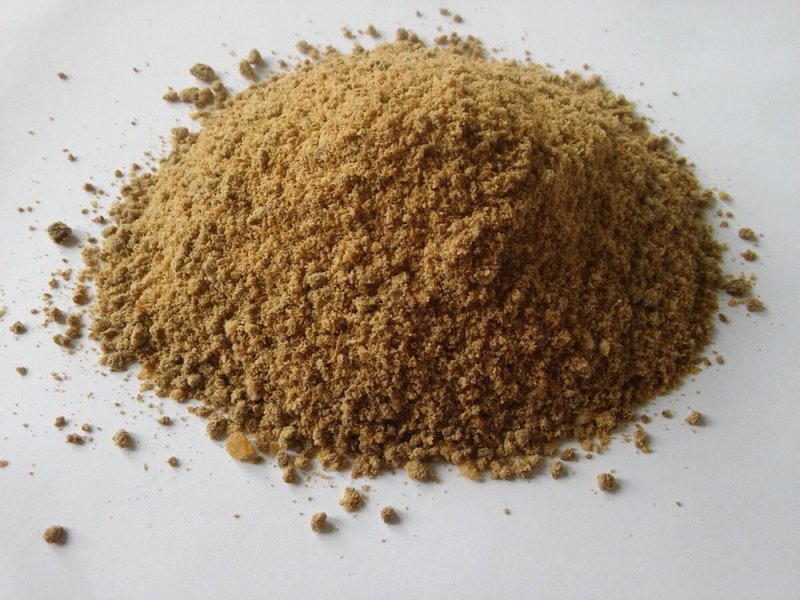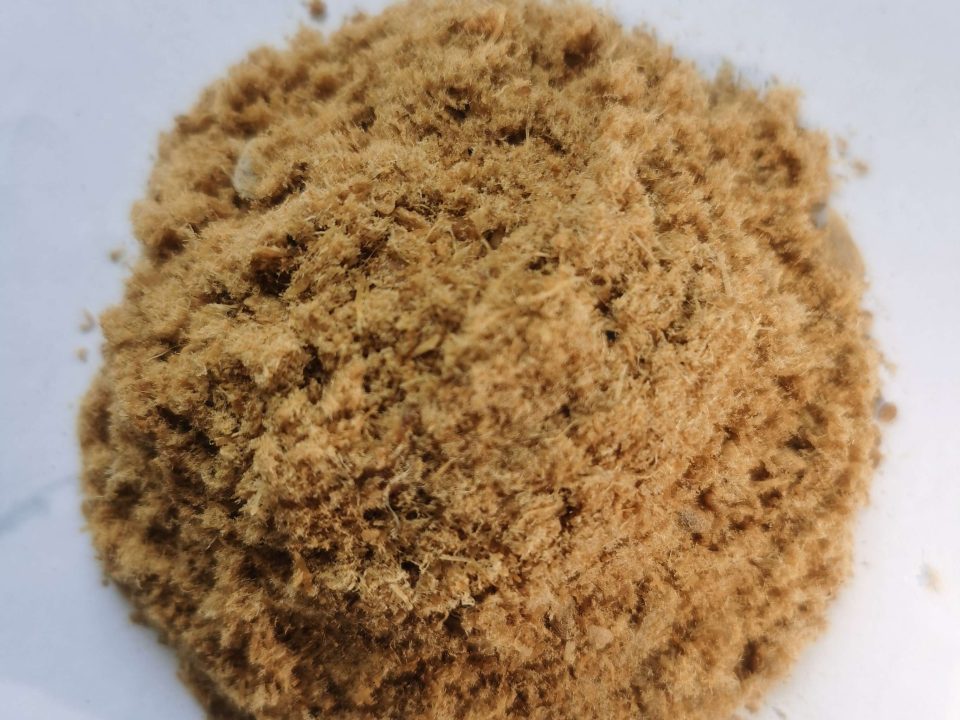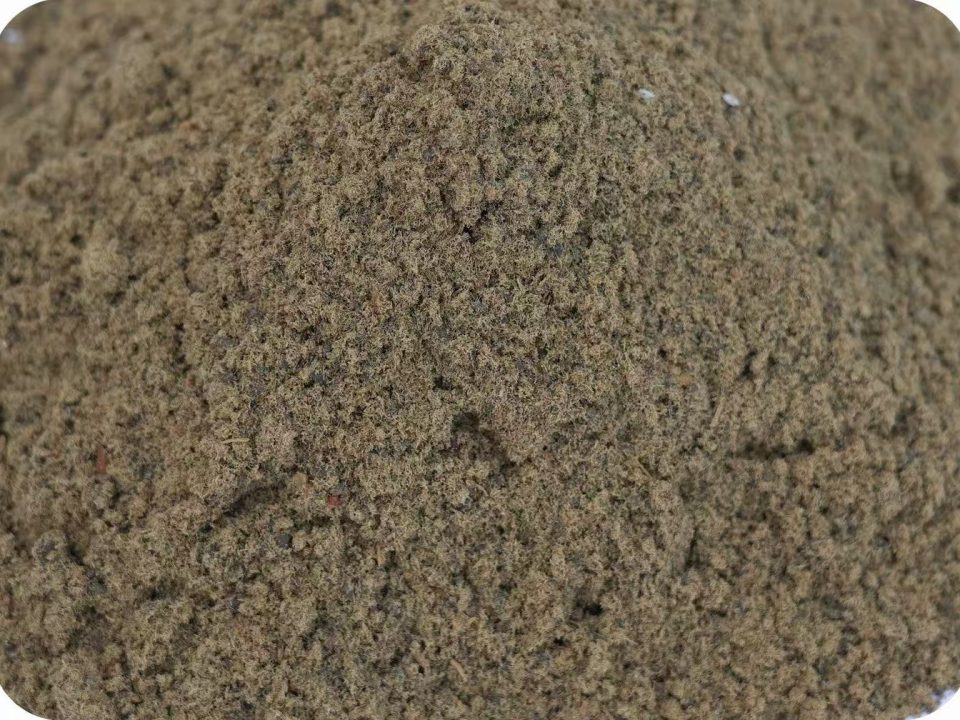The manufacturing method of choline chloride

VitaminB9 Folic acid Vitamnin in high purity for poultry growth
December 13, 2017
What is the effect of Corn gluten meal (CGM) on poultry
December 30, 2017The manufacturing method of choline chloride
The invention is a method for manufacturing choline chloride, in particular, a method for producing choline chloride by adding trimethylamine hydrochloride to hydrochloric acid and trimethylamine, and then adding addition to ethylene oxide.
Choline chloride as feed additive can improve the utilization rate of methionine and enhance the disease resistance of livestock and poultry, and accelerate the growth of livestock and poultry, improve meat quality and improve egg production rate. In recent years, it has been found that choline chloride can also be used as a plant growth regulator.
The method of synthesizing choline chloride from chloroethanol and trimethylamine as raw materials and using ethylene oxide as catalyst has been used for a long time. As the price of chloroethanol is expensive, the economy is not good, and the residual chloroethanol is hard to be eliminated, which ultimately affects the quality of the product. Therefore, this method is only suitable for small batch production in areas restricted by resource conditions. The synthesis of trimethylamine hydrochloride by hydrochloric acid and trimethylamine, and then the synthesis of choline chloride with ethylene oxide, is becoming more and more mature. However, if the high purity ethylene oxide is used in this method, the safety of the reaction is greatly reduced and the operation accident is easy to happen.
The purpose of the invention is in the manufacture of choline chloride with epoxy ethane, ethylene by catalytic oxidation, catalytic direct hydration of ethylene glycol – intermediate products containing trace amounts of ethylene glycol aqueous solution with low concentration of ethylene oxide as raw materials, addition reaction of trimethylamine hydrochloride, the ethylene oxide aqueous solution before entering the reaction system first, the evaporation removed with ethylene glycol by epoxy ethane with steam steam into the reactor, thereby improving operating conditions, improve its safety. The invention is completed by the following method.
The salt reaction of HCl and trimethylamine produces trimethylamine hydrochloride, and then the addition reaction of trimethylamine hydrochloride and ethylene oxide produces the chemical reaction formula of choline chloride.
The reaction of salt formation is to add tri methylamine aqueous solution at the same time when the hydrochloric acid is stirred. The reaction temperature is 30~40 C, pressure is normal pressure, and the ratio of hydrochloric acid to trimethylamine is 1: (1 ~ 1.01). The reaction time is 2 hours. After trimethylamine water solution is added, the pH value is adjusted to 4.5 to 6.5. The trimethylamine hydrochloride solution is stable in this pH range and has no unpleasant odor. In the reaction, the temperature should not be too high. If the reaction temperature is too high, it will cause the escape of hydrochloric acid in the reaction solution, and the yield of trimethylamine hydrochloride produced by the reaction will be lower than the quantitative yield. The hydrochloric acid used for the reaction is a reagent grade or colorless and transparent industrial hydrochloric acid. If a yellow industrial hydrochloric acid containing iron ions and other impurities is added, a small amount of floc will appear in the reactant. After filtration, a clear trimethylamine hydrochloric acid solution can be obtained. Trimethylamine can be used in accordance with the national standard content of 30% industrial grade trimethylamine solution.
The addition reaction of trimethylamine hydrochloride to ethylene oxide is a low concentration (8 wt%) ethylene oxide aqueous solution containing trace (0.3 to 4.5 wt.%) ethylene glycol. However, the ethylene glycol remained in the reaction solution after the reaction of ethylene oxide and trimethylamine hydrochloride solution. With the increase of dilute reaction solution, the concentration of ethylene glycol remained in choline chloride aqueous solution increased. In the product of choline chloride solution, ethylene glycol is controlled as one of the product impurities. So the glycol containing trace amounts of low concentration ethylene oxide aqueous solution before entering the reaction system, the boiling point of epoxy ethane and ethylene glycol, the first to be removed by evaporation and separation, containing trace ethylene glycol, ethylene oxide with steam with water vapor enters the reactor.


